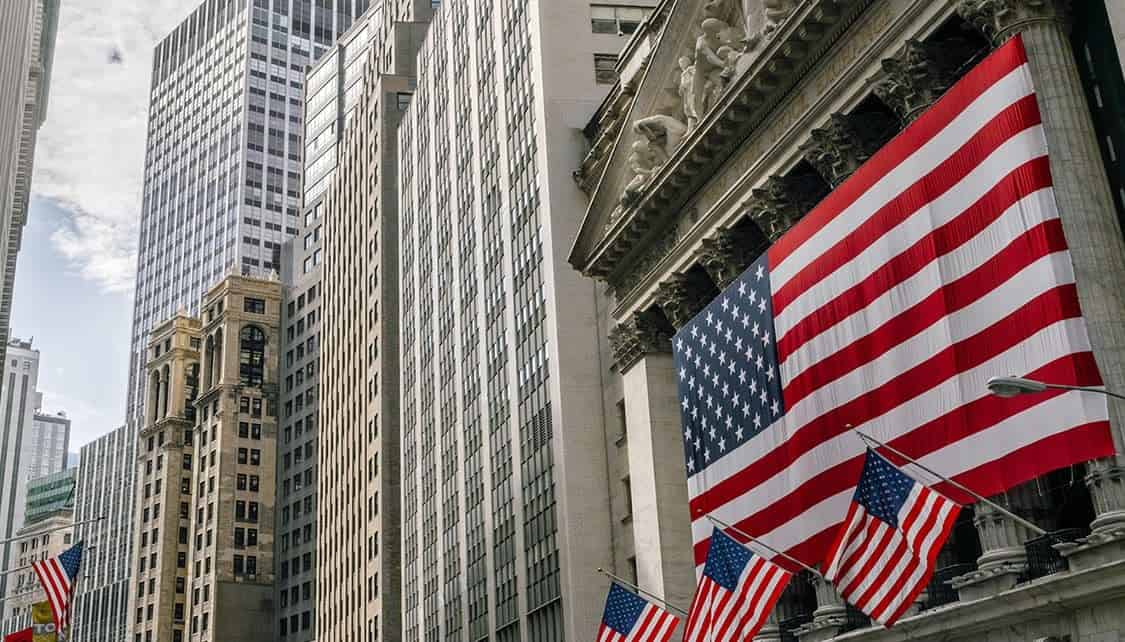A resilient US labour market and rising American wages have challenged hopes about the Federal Reserve’s ability to rein in inflation and slow its frenetic pace of interest rate increases.
US non-farm payrolls increased by 263,000 last month, beating forecasts of 200,000, and average hourly earnings added 0.6 per cent, in the biggest monthly rise in nearly a year. Wages gained 5.1 per cent from a year ago.
Bond traders sharpened speculation of further interest rate increases. They wagered the Fed would lift its policy rate above 5 per cent by May 2023, from 4.9 per cent before the data. On Monday, they pared back expectations to 4.9 per cent.
The acceleration in wages and a third consecutive drop in labour force participation raised doubts about whether Fed chairman Jerome Powell would be able to follow through on his signal last week hinting that the Fed will contemplate slowing the pace of rate increases as early as this month.
The chance of a fifth-straight 0.75 percentage point increase at the December 13-14 Fed policy meeting crept up slightly, but financial markets indicate a 0.5 percentage point move is by far the higher probability.
“The data are consistent with it raising rates by 50 basis points this month with a hawkish tone,” said Brian Martin, a senior international economist at ANZ. “The data were a well-timed reminder that the path to lower inflation is going to be hard-fought – the longer the labour market remains strong, the greater the recession risks become.”
US 2-year yields, which reflect near-term interest rate expectations, added 6 basis points to 4.31 per cent.
The gap between two-year and 10-year US government bond yields fell deeper into negative territory to 79 basis points. The yield curve inversion, which is when short-term borrowing costs are above long-term rates, is a reliable harbinger of recession.
Chicago Federal Reserve Bank president Charles Evans said on Friday that the Fed will probably reach a slightly higher peak funds rate, but still discussed stepping down the pace of rate increases.
Trending
Meanwhile, the step-down in the ferocious global tightening cycle has prompted financial markets to pare back their expectations of when they think the RBA will stop raising the cash rate. They now imply it will peak at 3.5 per cent, from a top of 3.9 per cent forecast last week and down from 4.1 per cent indicated in November.
Much of the reduction occurred after data showed a surprise cooling in inflation, stoking speculation of a pause in the central bank’s fastest tightening cycle in modern history.
The consumer price index rose at an annual pace of 6.9 per cent in October, down from a 7.3 per cent gain in the previous month, missing forecasts of a 7.6 per cent increase.
The Reserve Bank is predicted to lift the cash rate by 0.25 percentage points to 3.1 per cent when it meets on Tuesday. Interbank futures implied an 80 per cent chance of a quarter-point lift and a 20 per cent chance the central bank will keep rates on hold at 2.85 per cent.
Stride
In remarks at the Bank of Thailand’s 80th anniversary conference on Friday, Reserve Bank governor Philip Lowe noted “we need to demonstrate to the public that inflation will come back down”. “If we don’t pass this first test then the next tests are going to be even harder.”
The Reserve Bank’s December meeting is the final one this year, before it returns in February 2023.
“We do not think the October inflation print will dissuade the RBA from moving the cash rate into firmly restrictive territory including a 25 basis points hike at the final board meeting for 2022 on Tuesday,” said RBC Capital Markets chief economist for Australia and New Zealand, Su-Lin Ong.
She highlighted the risk of pauses and a more drawn-out tightening cycle than currently expected.
“We are likely getting closer to the end of this RBA cycle and a shifting debate towards zero or 25 basis points in the first half of 2023,” Ms Ong said.
ANZ warned an explicit mention of a possible pause in the RBA’s post-meeting statement would be a dovish development. The RBA has lifted the cash rate seven times since May to 2.85 per cent, from near zero.

